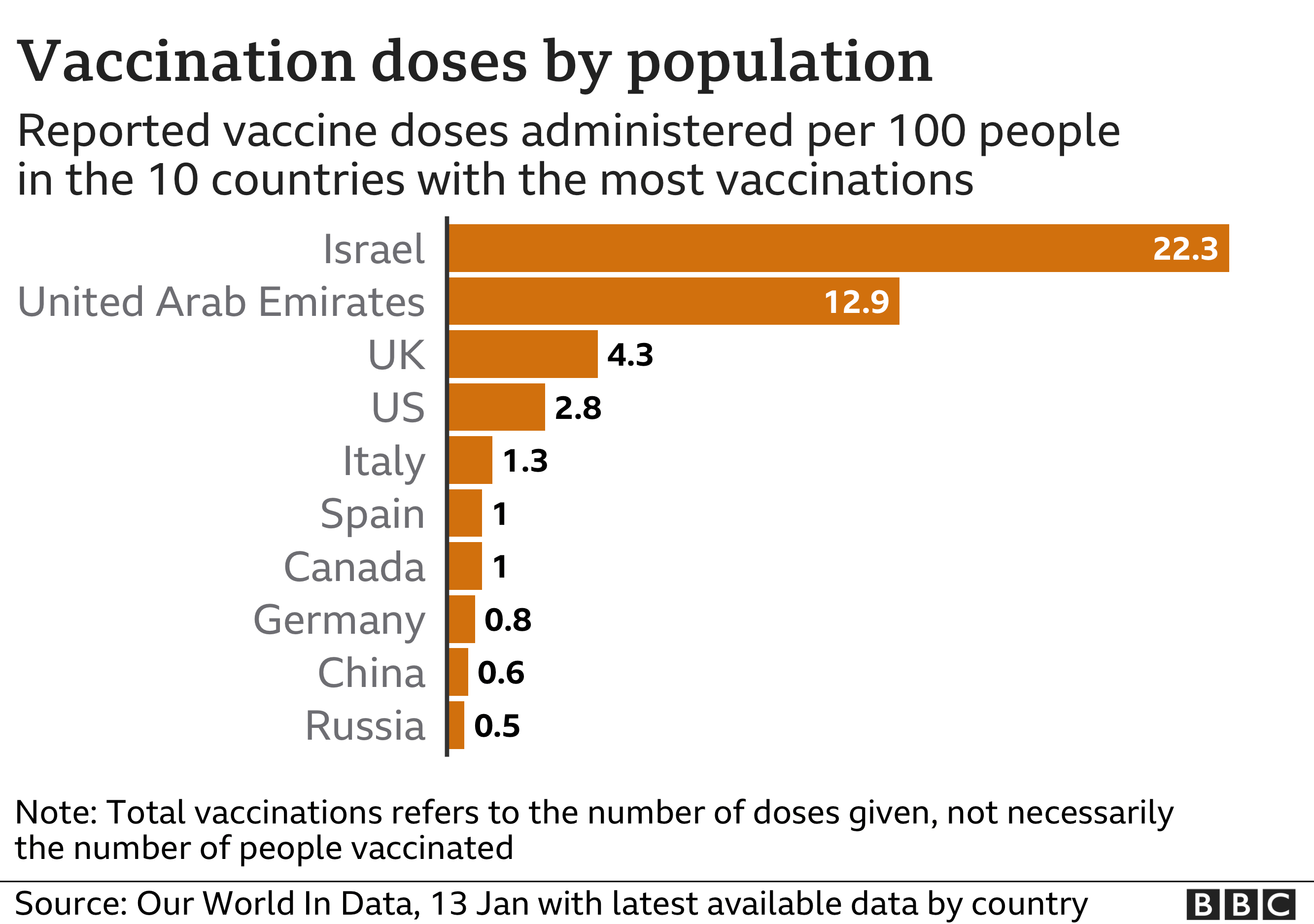Polio, also known as poliomyelitis, is a highly infectious disease that can cause paralysis, deformity, and even death. Thanks to the widespread use of vaccines, polio cases have decreased by over 99% since 1988, from an estimated 350,000 cases to just 33 reported cases in 2020. However, despite this progress, polio remains a significant public health threat, particularly in areas with low vaccination rates. In this article, we will review the current state of polio vaccination rates in 2025, highlighting successes, challenges, and areas for improvement.

Global Polio Vaccination Rates
According to the World Health Organization (WHO), the global polio vaccination rate has reached an all-time high of 86% in 2025. This represents a significant increase from 2010, when the global vaccination rate was just 73%. The increase in vaccination rates is attributed to the efforts of governments, healthcare workers, and international organizations, such as the Global Polio Eradication Initiative (GPEI).
Regional Variations
While the global vaccination rate is encouraging, there are significant regional variations. The WHO reports that the following regions have achieved high vaccination rates:
- The Americas: 94%
- Europe: 93%
- Western Pacific: 92%
- Southeast Asia: 88%
However, other regions continue to struggle with low vaccination rates:
- Africa: 78%
- Eastern Mediterranean: 76%
These regional disparities are often due to factors such as conflict, poverty, and lack of access to healthcare services.
Country-Specific Challenges
Some countries continue to face significant challenges in achieving high polio vaccination rates. These include:
- Afghanistan: 63%
- Pakistan: 65%
- Nigeria: 68%
- Somalia: 61%
In these countries, factors such as conflict, insecurity, and lack of trust in healthcare services have hindered vaccination efforts.
Factors Influencing Vaccination Rates
Several factors influence polio vaccination rates, including:
- Access to healthcare services: In areas with limited access to healthcare services, vaccination rates tend to be lower.
- Conflict and insecurity: Conflict and insecurity can disrupt vaccination efforts and make it difficult for healthcare workers to reach vulnerable populations.
- Lack of trust in healthcare services: In some communities, there may be a lack of trust in healthcare services, leading to lower vaccination rates.
- Poverty: Poverty can limit access to healthcare services and make it difficult for families to afford vaccination.
- Cultural and social factors: Cultural and social factors, such as misinformation and misconceptions about vaccination, can also influence vaccination rates.
Success Stories
Despite the challenges, there are many success stories in polio vaccination. For example:
- India: India was once considered one of the most challenging countries for polio eradication, but thanks to a concerted effort by the government and healthcare workers, the country has not reported a case of polio since 2011.
- Brazil: Brazil has made significant progress in increasing vaccination rates, particularly in rural areas, through the use of innovative strategies such as vaccination campaigns and community-based initiatives.
Way Forward
To achieve the goal of polio eradication, it is essential to address the challenges and factors influencing vaccination rates. This can be achieved by:
- Increasing access to healthcare services: Governments and international organizations must work together to increase access to healthcare services, particularly in areas with low vaccination rates.
- Building trust in healthcare services: Healthcare workers must engage with communities to build trust and address misconceptions about vaccination.
- Addressing poverty and inequality: Addressing poverty and inequality can help increase access to healthcare services and improve vaccination rates.
- Using innovative strategies: Innovative strategies, such as vaccination campaigns and community-based initiatives, can help increase vaccination rates, particularly in hard-to-reach areas.
FAQ
- What is polio?: Polio, also known as poliomyelitis, is a highly infectious disease that can cause paralysis, deformity, and even death.
- How is polio spread?: Polio is spread through the fecal-oral route, where the virus is shed in the stool of an infected person and can contaminate food, water, and surfaces.
- What is the polio vaccine?: The polio vaccine is a vaccine that protects against polio and is typically given in a series of doses, starting at birth.
- Is the polio vaccine safe?: Yes, the polio vaccine is safe and has been extensively tested and proven to be effective in preventing polio.
- What is the goal of polio eradication?: The goal of polio eradication is to eliminate polio worldwide, which can be achieved by increasing vaccination rates, improving access to healthcare services, and addressing the root causes of low vaccination rates.
Conclusion
In conclusion, while significant progress has been made in increasing polio vaccination rates, there are still challenges to be addressed. Regional variations, country-specific challenges, and factors such as access to healthcare services, conflict, and poverty continue to influence vaccination rates. To achieve the goal of polio eradication, it is essential to address these challenges and use innovative strategies to increase vaccination rates, particularly in hard-to-reach areas. By working together, governments, healthcare workers, and international organizations can ensure that every child is protected against polio, and the world can finally be free of this debilitating disease. Ultimately, the eradication of polio will require a sustained commitment to vaccination efforts, as well as a continued focus on addressing the root causes of low vaccination rates. With persistence and dedication, we can create a polio-free world, where every child can grow and thrive without the threat of this devastating disease.
Closure
Thus, we hope this article has provided valuable insights into The State of Polio Vaccination Rates in 2025: A Global Review. We thank you for taking the time to read this article. See you in our next article!